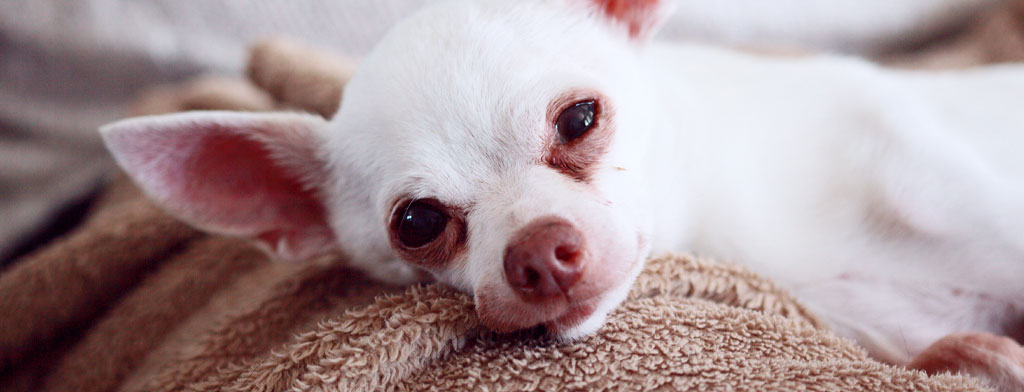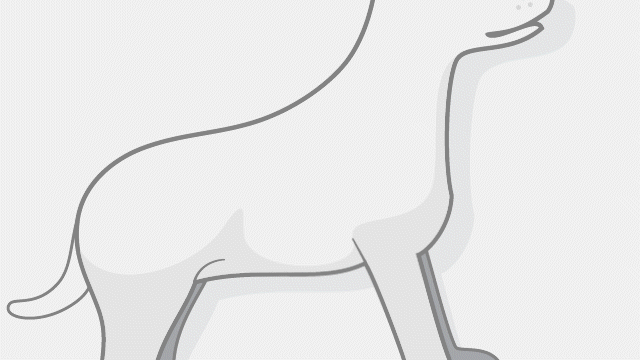A C

Global Veterinary
Communication Software Vic 9999 AU
0422 999 191
support@vetcheck.it

How to perform a sleeping respiratory rate (SRR) or resting respiratory rate (RRR)
Increases in the sleeping respiratory rate (SRR) or Resting Respiratory Rate (RRR) may be an early sign of developing heart failure.
Overview
For the purpose of this handout, the SRR and RRR will be collectively referred to as SRR.
Determining your pet's SRR can help your veterinarian manage a pet's heart disease. Identifying early changes in SRR may help slow any progression of heart disease, reduce the chances of hospitalization and the costs associated with heart failure.
Normal Sleeping Respiratory Rate (SRR)
On average, a healthy dog and cat will have a sleeping respiratory rate of 15-30 breaths per minute. If the SRR is lower than this, it is often no cause for concern in a healthy pet. If the SRR is higher than the average during a hot day, moments of stress or activity, then it is often no cause for concern in a healthy pet.
Resting SRR's that are consistently greater than 30 per minute is considered abnormal.
Calculating your pet's SRR
- Wait until your pet is sleeping quietly (not in a dream sequence)
- Watch the chest move in and out
- One breath is when the chest moves in and out once
- Use your phone or watch to set 30 seconds and count how many breaths occur in that time
- Multiply that number by 2 to get the number of breaths per minute
- Repeat this over the week and keep a record on your calendar

If your pet consistently has an SRR over >30, contact your veterinarian.
Recording your pet's SRR
It's important to keep a track of the date, time and SRR.
You can also download a free app on your smartphone by searching "Your Dogs Heart Resting Respiratory Rate".
When to use the SRR
| Scenario 1: A pet that has been diagnosed with heart disease but has no clinical signs | Monitoring the SRR will help you determine your pet's normal SRR. A consistent increase above 30 will require veterinary evaluation within 24-48 hours. |
| Scenario 2: A pet that has been diagnosed with left-sided congestive heart failure and has been started on therapy. | Monitoring the SRR will help you monitor your pet's response to treatment. Depending on how your pet's SRR responds will determine how your veterinarian will prescribe medications and recommend further assessments. |
Signs associated with heart disease or heart failure
- Increased SRR (>30 breaths per minute)
- Labored breathing
- Restless sleeping
- Coughing or gagging
- Decreased exercise intolerance
- Decreased appetite
- Distended belly
- Weight loss
- Depression
When you should be concerned
Pets that suddenly go into heart failure typically have an increase in sleeping respiratory rate a few days before. Being able to detect a sudden rise can help prevent a heart crisis. Always notify your vet if you record a sudden increase in SRR or if you are concerned in any way.